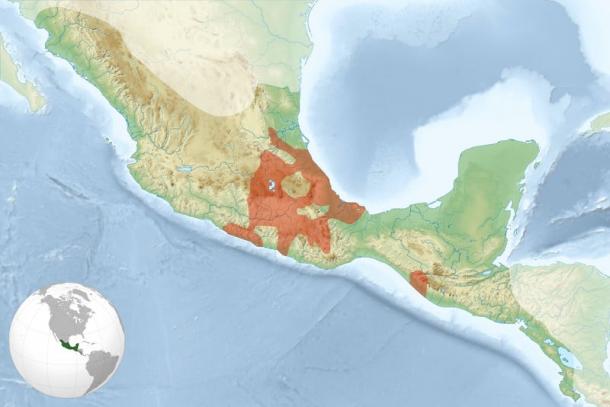🔴 Website 👉 https://u-s-news.com/
Telegram 👉 https://t.me/usnewscom_channel
The Aztec Empire, known for its grandeur and sophistication, was one of the most powerful and influential civilizations in Mesoamerican history. Flourishing from the early 14th century until the Spanish conquest in 1521 AD, the Aztec civilization developed an intricate social structure that played a crucial role in its political, economic, and cultural life. Understanding the complexities of the social hierarchy of the Aztec Empire provides valuable insights into its governance, religious practices, and daily interactions among its people. To understand the mechanisms of this ancient realm, we must first dissect the fabric of the Aztec society, from the ruling elite to the common folk and slaves, exploring the responsibilities, privileges, and societal roles that defined each class.
The Tlatoani and the Nobility: Living Demi-Gods
At the apex of the Aztec social hierarchy stood the Tlatoani, the supreme ruler who governed the empire. The term “Tlatoani” (Tlahtoāni in Nahuatl, the language of the Aztecs) translates to “he who speaks,” emphasizing the ruler’s role as the ultimate authority and spokesperson for the gods. The Tlatoani was considered semi-divine, believed to be chosen by the gods to lead the people. His responsibilities included overseeing the military, conducting religious ceremonies, adjudicating legal matters, and managing diplomatic relations. The selection of a Tlatoani was typically hereditary, although the noble council, composed of high-ranking lords, had the authority to elect the most capable individual from the royal lineage. Some of the most important tlatoani who ruled the principal Aztec city of Tenochtitlan were Huitzilihuitl (1395–1417); Moctezuma I (1440–1469); Moctezuma II (1502–1520); and Cuauhtémoc (1520–1521).
Directly beneath the Tlatoani was the hereditary nobility, known in Nahuatl as Pipiltin. This class consisted of high-ranking officials, priests, and military leaders who played vital roles in the administration and religious life of the empire. The Pipiltin were landowners and enjoyed numerous privileges, such as exemption from certain taxes and the right to wear luxurious clothing and adornments. Their education began at a young age, often in exclusive schools called calmecac, where they were trained in various disciplines including governance, theology, and military tactics. Nobles could advance in rank through exemplary service in warfare or exceptional administrative acumen, thereby enhancing their wealth and influence. There were several “sub-categories” of the pipiltin. These were: tlahtohcapilli (a tlahtoani’s son), tecpilli or teucpilli (a teuctli’s son), tlazohpilli (son of legitimate wife), and calpanpilli (son of a concubine).
The Priestly Class: The Great Givers of Things
Integral to the Aztec social hierarchy was the priestly class, whose members were responsible for maintaining the favor of the gods through elaborate rituals and ceremonies. The priests were known as Tlamacazque (The Givers of Things) in their native language, and they held significant power within the empire. They were often advising the Tlatoani on matters of state and interpreting omens and celestial events to divulge the favor of the gods. Their duties included performing sacrifices, presiding over festivals, and ensuring the accuracy of the complex Aztec calendar. High priests, such as the Quetzalcoatl Totec Tlamacazqui, held considerable influence and power, sometimes rivaling that of the Tlatoani himself. Training for the priesthood was rigorous and began in childhood, focusing on religious doctrine, astronomy, and the arts necessary for conducting intricate ceremonies.
Top photo: Portrait of a man dressed like Moctezuma. Source: Keitma / Adobe Stock


